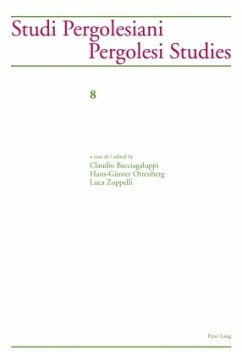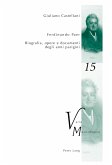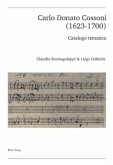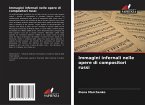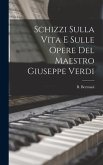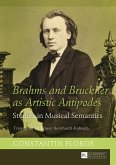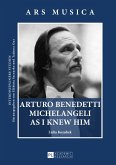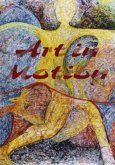La musica napoletana conosce uno straordinario successo europeo fin dai primi decenni del Settecento. I contributi raccolti in questo volume presentano le fonti e la fortuna dei Napoletani, e di Pergolesi in particolare, a Dresda, in Boemia e in Slesia. Le fonti pergolesiane vengono esaminate fin nei dettagli di scrittura, tanto in vista della nuova edizione critica quanto nella prospettiva della prassi esecutiva storicamente informata. La corrispondenza diplomatica tra Dresda e Napoli si rivela un canale ricchissimo di scambi di informazioni e di partiture. Lontano dalla corte sassone, per la diffusione della musica napoletana giocano un ruolo essenziale alcune famiglie nobiliari boeme. Le case di ordini religiosi (cistercensi, gesuiti) si scambiano tra Boemia e Slesia moltissime composizioni sacre, variamente adattate secondo i bisogni locali. Le opere napoletane sono popolarizzate dalle compagnie girovaghe di cantanti, che solitamente provengono dall'Italia settentrionale. Nuovi elementi biografici e analisi di opere arricchiscono la nostra conoscenza di conterranei o contemporanei di Pergolesi come Giovanni Alberto Ristori, Nicola Porpora, Domenico de Micco e Leonardo Leo.
Neapolitan music enjoyed an extraordinary European success starting with the first decades of the 18th century. The contributions to the present volume illustrate the sources and the reception of the Neapolitans, and foremost of Pergolesi, in Dresden, in Bohemia and in Silesia. Pergolesi sources are described down to details of writing, with an eye both to the new critical edition and to historically informed performing practice. Diplomatical correspondence between Dresden and Naples was widely used as a source of musical information and a means of exchanging scores. Far from the Saxon court, the Neapolitan music is encouraged by some prominent Bohemian aristocrats. Different religious houses (cistercians, jesuits) exchange sacred music, variously adapted to local needs. Neapolitan opera is popularised through wandering troupes, coming mostly from Northern Italy. New biographical data and work analyses enrich our knowledge of contemporaries or fellow countrymen of Pergolesi's such as Giovanni Alberto Ristori, Nicola Porpora, Domenico de Micco and Leonardo Leo.
Neapolitan music enjoyed an extraordinary European success starting with the first decades of the 18th century. The contributions to the present volume illustrate the sources and the reception of the Neapolitans, and foremost of Pergolesi, in Dresden, in Bohemia and in Silesia. Pergolesi sources are described down to details of writing, with an eye both to the new critical edition and to historically informed performing practice. Diplomatical correspondence between Dresden and Naples was widely used as a source of musical information and a means of exchanging scores. Far from the Saxon court, the Neapolitan music is encouraged by some prominent Bohemian aristocrats. Different religious houses (cistercians, jesuits) exchange sacred music, variously adapted to local needs. Neapolitan opera is popularised through wandering troupes, coming mostly from Northern Italy. New biographical data and work analyses enrich our knowledge of contemporaries or fellow countrymen of Pergolesi's such as Giovanni Alberto Ristori, Nicola Porpora, Domenico de Micco and Leonardo Leo.

